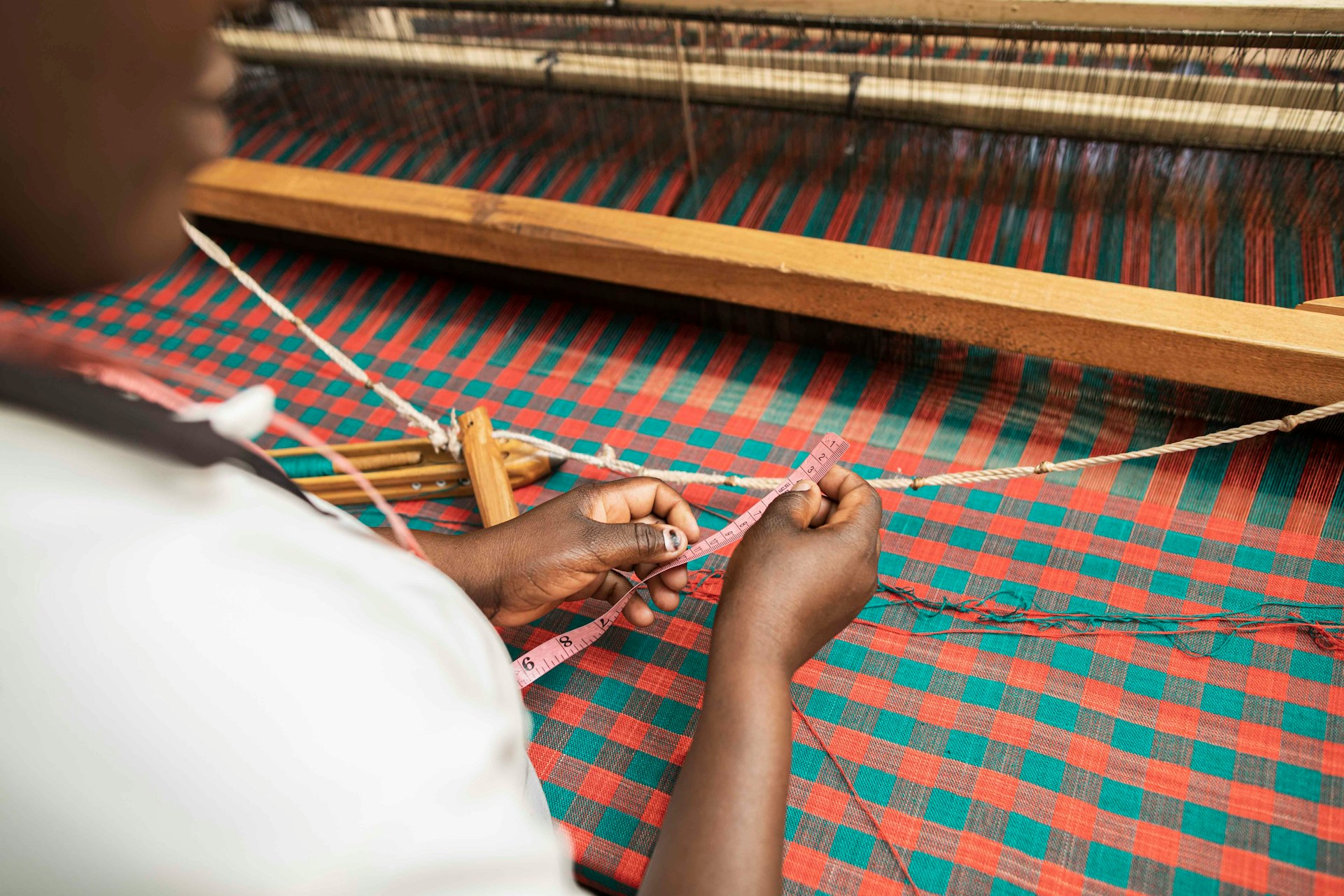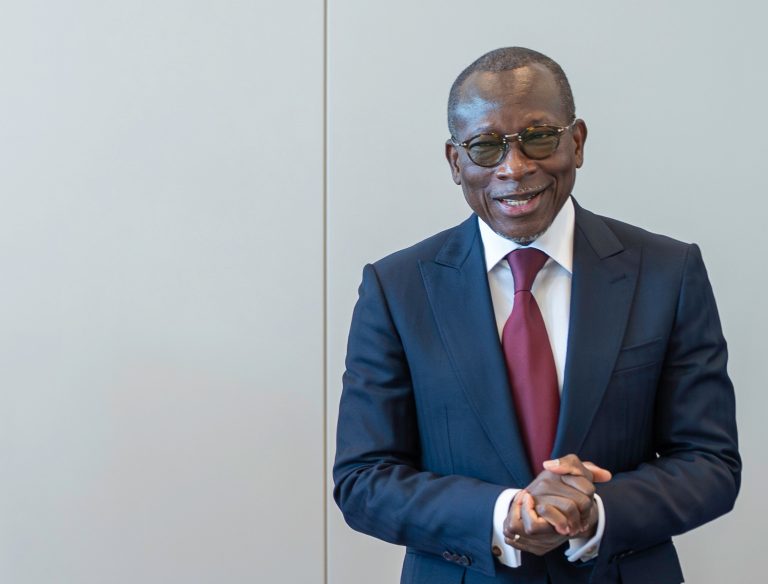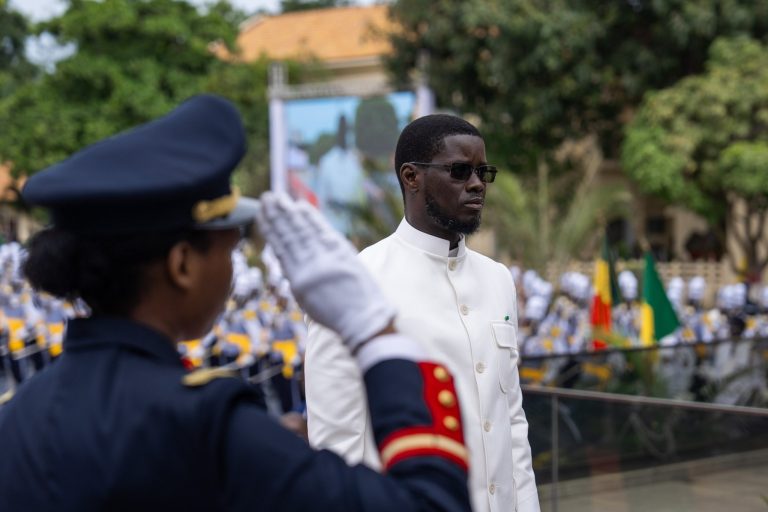AGOA has expired after 25 years. Can Africa survive without US duty-free trade, or must the continent pivot to AfCFTA and new markets?
The African Growth and Opportunity Act (AGOA), America’s flagship trade pact with sub-Saharan Africa, expired this week after 25 years, leaving the continent at a crossroads as uncertainty looms over whether Washington will renew it.
The deal, first introduced in 2000 under US President Bill Clinton, had given 35 African countries duty-free access to the American market for a range of exports, from textiles to fuel.
In 2023, imports under AGOA were worth nearly $10 billion. But with tariffs reinstated under President Donald Trump, the programme’s future is clouded by geopolitics, protectionism and Africa’s own slow trade integration.
A deal that changed African trade
AGOA was once hailed as a landmark partnership. For countries such as Kenya, Lesotho and Botswana, it created entire industries. In 2024, Kenya’s apparel sector exported $470 million worth of clothing to the US, sustaining over 66,000 jobs – three-quarters held by women.
Lesotho now risks losing nearly 6% of its total exports, while Madagascar faces a 3% decline. For smaller economies, the end of AGOA threatens not just exports, but thousands of livelihoods.
“The programme helped to promote shared prosperity, reduce inequalities and consolidate social stability,” said Alamine Ousmane Mey, Cameroon’s economy minister, at a recent AfDB signing ceremony, highlighting AGOA’s broader impact on social and economic development.
Yet even at its peak, AGOA accounted for just a sliver of US trade. The continent still exported mostly raw materials, and utilisation of the programme’s preferences was uneven.
WTO: Africa must trade with itself
World Trade Organization director-general Ngozi Okonjo-Iweala argued that AGOA’s expiry should be a wake-up call for the continent to strengthen internal trade.
“Africa has, you saw what I said, in spite of AGOA, 6% of our exports only go to the U.S. and 4% of our imports,” she said in New York. “So the utilisation of AGOA has been very limited, so when people say it can’t survive without it – in any case, when we were talking to the U.S., what we were arguing for Africa is that, look, not to help Africa or anything. We are not seeking help. Africa is the market of the future.”
She said the real focus should be on fixing barriers to the African Continental Free Trade Area (AfCFTA), which, if implemented, could double intra-African trade.
“Targeted investment in education and skills is the most sustainable form of economic development,” she added. “It’s not doom and gloom. There are opportunities now in agro-allied industries, textiles, leather, shea butter, oil palm, even critical minerals. We must add value on the continent, not take it out.”
A fragile reliance
Economists warn that Africa’s dependence on a unilateral US trade preference was always risky.
“It is an opportunity to meet alternative markets, and also pay more attention to the African Continental Free Trade Area, trade more among ourselves,” Dr Patrick Asuming, an economist at the University of Ghana told Allen Dreyfus.
“When you have that kind of preferential asset, it is unilateral – they can get up one day and say they are cancelling it. So I think it is important that African countries continue to look at building stronger trade relations among ourselves going forward.”
Analysts note that AGOA’s expiration coincides with rising US tariffs. Since April 2025, Washington has imposed fresh duties on African goods, further eroding competitiveness.
What next for Africa?
For now, Washington may still revive the pact. A White House official has floated a one-year extension, but no legislative timeline is clear. Meanwhile, African countries must contend with declining exports, layoffs in apparel and textile factories, and growing pressure to find new markets.
The expiration could accelerate long-delayed reforms. Afreximbank is building a pan-African payment system to smooth intra-continental trade. Meanwhile, the AfCFTA promises to integrate a market of 1.4 billion people, though progress has been slow due to infrastructure and bureaucratic hurdles.
Africa’s survival without AGOA may depend less on Washington’s politics and more on its ability to create new value chains at home. The opportunity is there, Okonjo-Iweala insists – “Businesses are trying to diversify their value chains and Africa is one of the areas. We have the opportunity to attract investment if we act decisively.”









